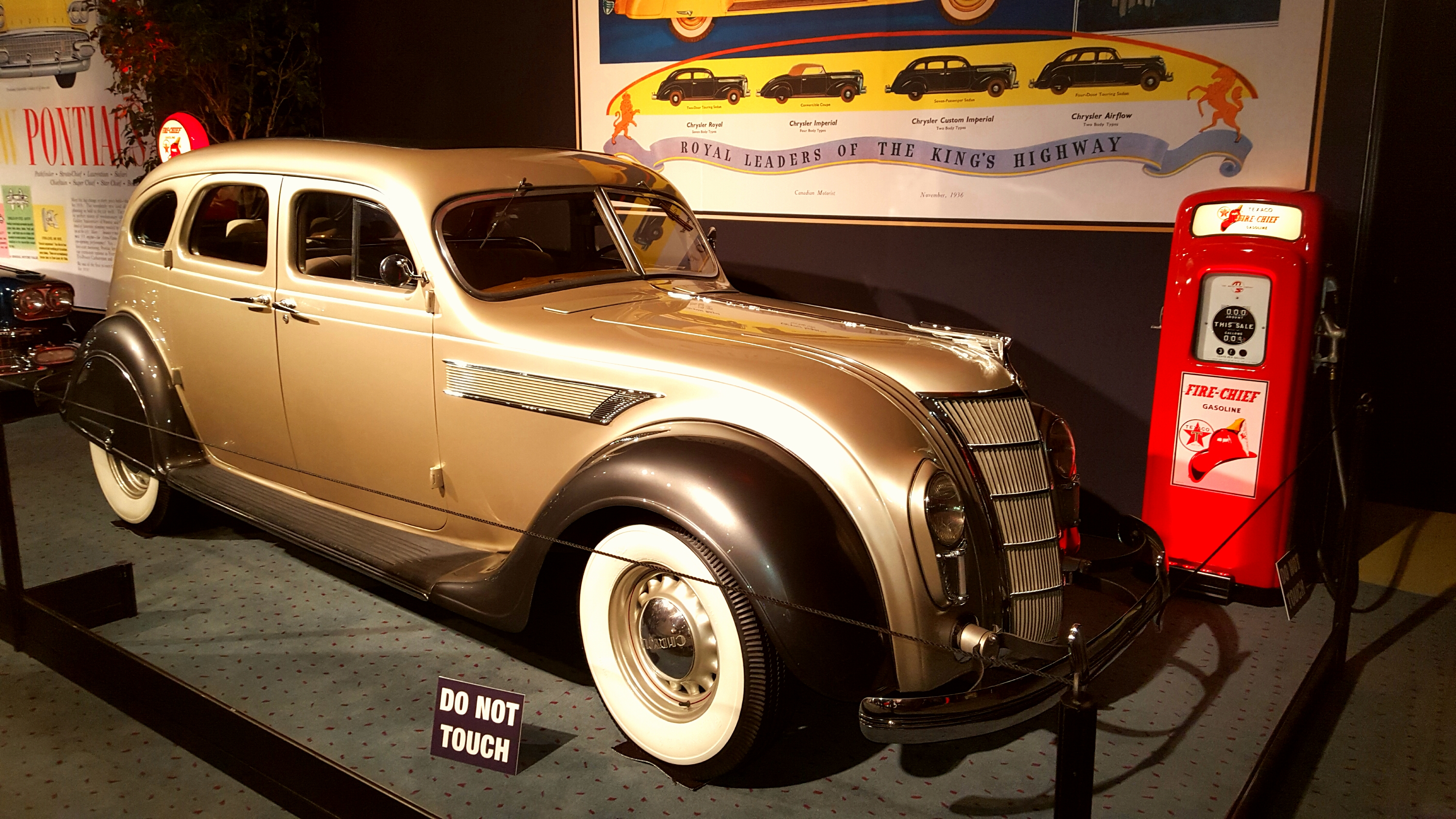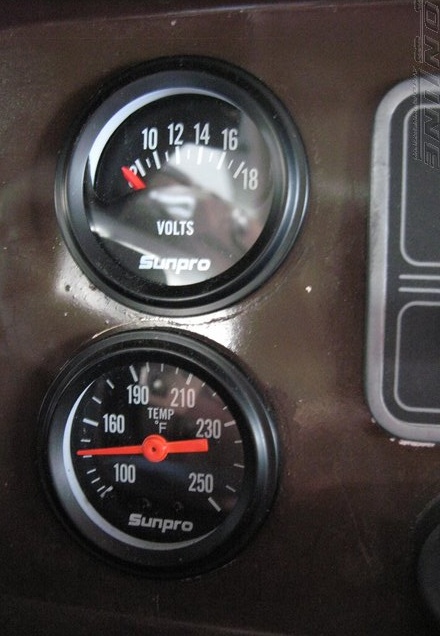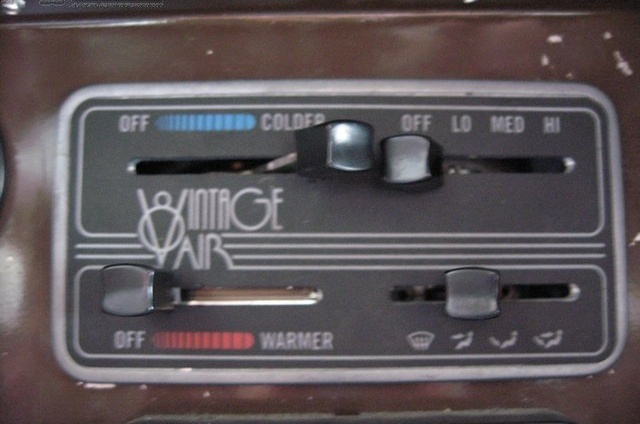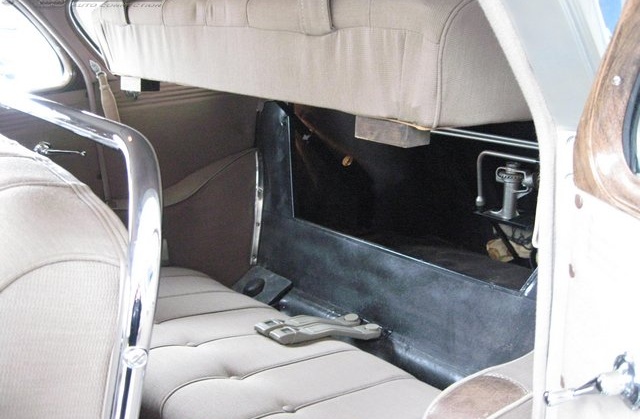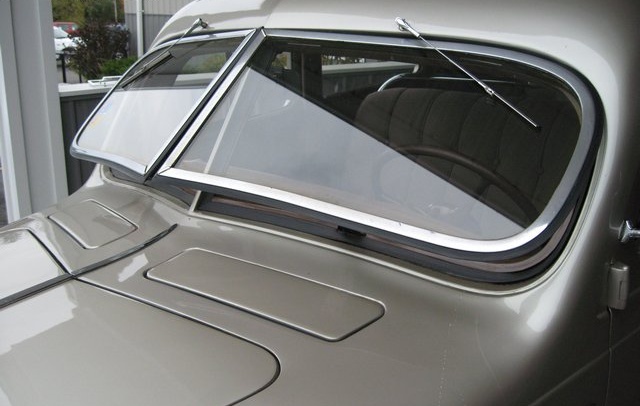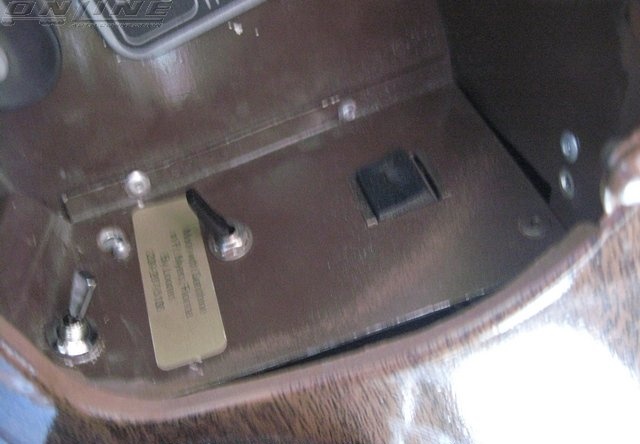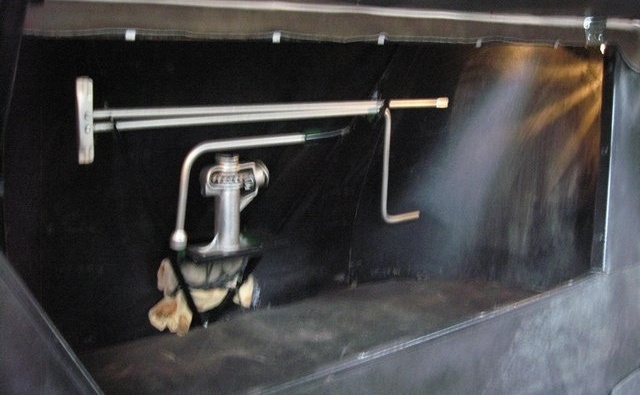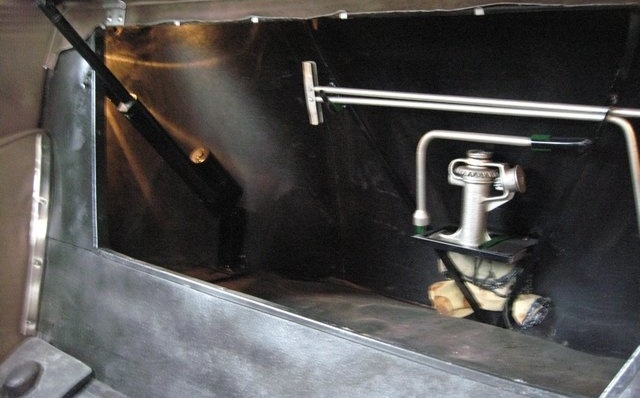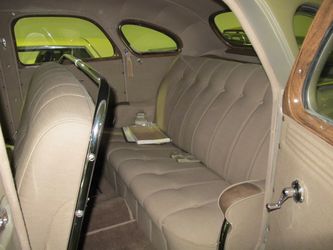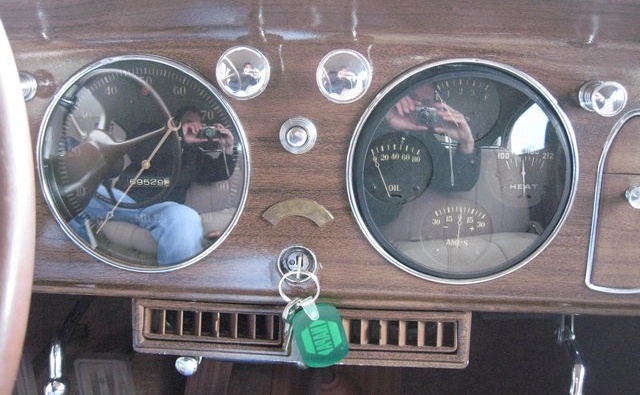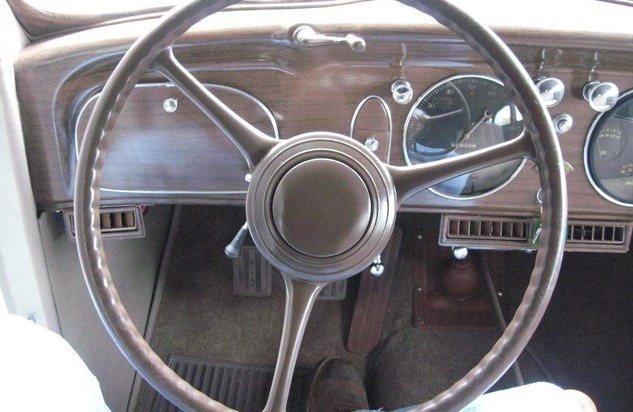1935 CHRYSLER AIRFLOW
1935 CHRYSLER AIRFLOW NO 11
Engine: 323.5 cubic-inch L-head inline eight-cylinder engine developing 115 Hp.
Transmission: three-speed manual transmission. W.B.: 123 in
Lockheed four-wheel power-assisted hydraulic drum brakes
This 1935 Airflow C-1 Sedan was given a complete restoration that spanned a two-year period with no expense or effort spared in the process. The interior is surprisingly roomy and comfortable. It was a design that was far ahead of its time, especially the waterflow grille and enclosed headlights.
This Car won Second Place in its class at Saint John Concours d’Elegance in Plymouth Michigan in 2015.
1935 CHRYSLER AIRFLOW
Chrysler Corporation stunned the automotive industry with the introduction of their new 1934 designs. The aerodynamic Airflow had a spacious interior with wide front seats that could accommodate three adults abreast. The engine was placed forward over the front axle, allowing for a larger, more spacious rear passenger compartment and a much more comfortable ride.
The engineers chose to look into new ways that a vehicle could be built by applying what they learned about aerodynamic shape in wind tunnel tests with Orville Wright and for the first time using monocoque (unibody) construction to strengthen the car. They reduced overall drag which also increased the power-to-drag ratio as the more streamlined (though lighter) body allowed air to easily flow around it instead of ‘being caught through upright forms, such as radiator grilles, headlights and windshields'.
Desiring superior handling dynamics, an innovative suspension system was designed. “The engine was moved to the front over the wheels contrary to traditional automobiles of the time and rear passengers were moved forward so they sat within the wheelbase instead of on top of the rear axle. This resulted in more equal spring and suspension rates, better handling and superior ride quality. The weight distribution was approximately 54% of the weight over the front wheels which evened to near 50-50 with passengers, and resulted in more equal spring rates, better handling, and a far superior ride quality.”
The Airflow was sleek and low compared to most other American cars of the period. For the first time headlights were semi-flush and front fenders enclosed the running surface of the tires. In the rear, Airflow encased the rear wheels through the use of fender skirts.
The monocoque or unibody construction allowed for a much safer ride for the driver and passengers. A publicity newsreel of the period (still able to be seen on YouTube) showed an empty Airflow being pushed off a cliff, falling more than 100 feet, bouncing several times off the walls of the cliff face and then being righted at the bottom and driven away, battered but recognizable. It was tough bird then and remains a pleasure to drive to this day. The Lang Collection is proud to have this “glimpse of the future” as part of our collection today.

